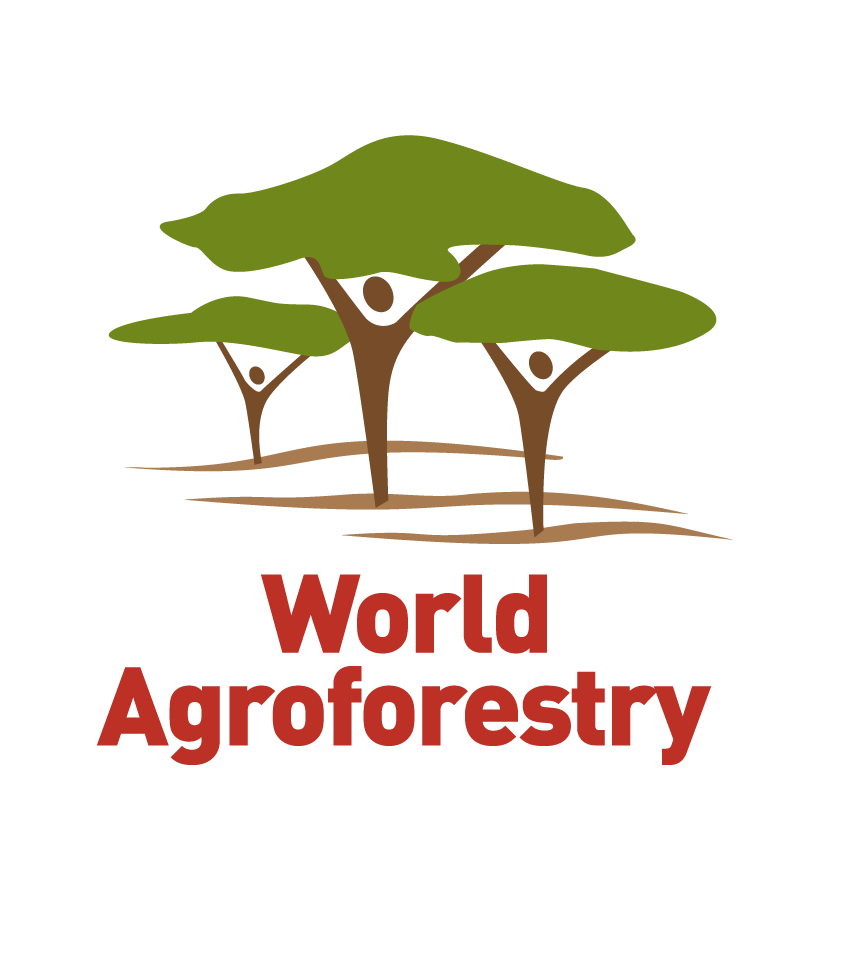Local names:
English (black mangrove,Burma mangrove,harpoon-handle tree), Filipino (pototan,bakauan,siap), Javanese (tanjang), Khmer (tôôch), Malay (tumu,putut,bakau basar), Thai (pasak,pang kâ hûa sum), Vietnamese (du'óc' hông,vet dzù,vet den)
Bruguiera gymnorhiza is an evergreen tree 8–25(-35) m tall with straight trunk 40–90 cm dbh, buttressed at the base and with many upright pneumatophores rising to 45 cm from long horizontal roots. Bark thick, smooth to roughly fissured, grey to blackish; inner bark reddish. Leaves opposite, elliptical, 9–20 cm long, 5–7 cm wide, acute at both ends, entire, without visible veins, thick, leathery, glabrous. Petiole 2–4.5 cm long. Flowers single in leaf axils, 3–4 cm long, usually drooping on stalk of 1–2.5 cm, red to yellowish or cream-coloured. Calyx with 10–14 very narrow, leathery lobes. Petals 10–14, 13–15 mm long, white, turning brown, each with 2 narrow lobes ending in 3–4 bristles. Stamens 2, nearly hidden, at base of each petal. Pistil has 3–4-celled inferior ovary, each cell with 2 ovules, stigma with 3–4 short forks. Fruits a drooping berry, ovoid or turbinate 2–2.5 cm long. Seed 1, viviparous 1.5–2 cm in diameter
Ecology
Tumu is the most widely distributed of the Rhizophoreae. It grows best on dry, well aerated soil with some freshwater; conditions found towards the back mangrove. But in Singapore, also grows in mud. In Malaysia, it is usually on drier well-aerated soils toward the landward side, often dominating, with occasional stems >35 m tall.
Native range
Australia, Bangladesh, Cambodia, China, India, Japan, Madagascar, Malaysia, Mozambique
Tree management
Planting is usually not needed because natural regeneration is so successful. The tree tolerates waterlogging, wind, shade, salt wind and termites. Bruguiera is mostly harvested from natural stands. Unlike other mangroves,it does not regenerate easily from branch cuttings as new growth appears only from branch tips (often killed by indiscriminate branch lopping). After felling, its regeneration is often very scant
Seed storage behaviour is recalcitrant.
Tumu is the most widely distributed of the Rhizophoreae. It grows best on dry, well aerated soil with some freshwater; conditions found towards the back mangrove. But in Singapore, also grows in mud. In Malaysia, it is usually on drier well-aerated soils toward the landward side, often dominating, with occasional stems >35 m tall.
B. gymnorhiza is a tree adapted to mangrove ecosystems, exhibiting a viviparous germination behaviour. Natural regeneration always occurs near mature trees. The seed germinates in the fruit, forming a cigar-shaped seedling 10-20 cm long. The seedling grows straight and has a blunt narrow tip. There is a form of vegetative spread of the trees by horizontal growth of the lower branches supported by stilt roots; these branches can continue to grow if the parent trunk dies. Young seedlings can be used for planting.
Ecologically, the trees are important in maintaining and building the soil. They play a significant role in coastal stabilization, promoting land accretion, fixation of mud banks and improving soil conditions so that other plants can take root.
Erosion control: The aerial parts and their roots prevent mud and sand from being washed away with the tide and river currents but also reduce the damage from violent storms by accumulating sediment and the tough mat of roots and rhizomes stabilizes the substrate. They trap sediments and thus contribute to land building and prevent excessive shifting of coastline sand.
The leaves and peeled seedlings are soaked, boiled and eaten. Seedlings are the staple food in some parts of Papua New Guinea, but in Moluccas it is only a famine food. Seedlings are sliced, soaked to leach out the tannins, and then ground into a paste to make a sweetmeat. The bark may also be used to flavour fish.
Fodder: The animals eat leaves
Apiculture: B. gymnorhiza is used in beekeeping due to its continuous flowering behaviour.
The wood widely favoured as firewood and for conversion into charcoal as it produces the most heat among mangroves. For charcoal, the tree has a higher calorific value than Rhizophora
Fibre: The bark is used to make ropes for fishing nets in the Marshall Islands.
Timber: The heavy wood (specific gravity of 0.87–1.08) is durable but hard to saw and work. The wood withstands termite attack and is valuable as fishing stakes, pilings, telephone poles, railway sleepers, rafters, furniture, heavy pillars, beams and other construction. It is commercially planted in Indonesia, Sabah and Sarawak to produce wood chips
Tannin or dyestuff: The bark contains up to 35% tannin, which is widely used in tanning fishing nets and leather. The seedlings are used to produce a dye that does not bleed in water. They are peeled, chopped up, boiled and the fabric immersed in the soup, then dried in the shade. The resulting colour is a red-brown, and repeated dyeing gives black. The dye also strengthened fishing nets, grass skirts and other fibres. In Southeast Asia, the tree is one of the traditional dyes used in batik-making producing an orange-red colour.
Medicine: The astringent bark is used to treat malaria in Cambodia, cure fish poisoning in the Marshall Islands and to treat diarrhea and fever in Indonesia. Elsewhere the fruit is used against eye problems, and scrapped skin of the fruit to stop bleeding. Seedlings may be added to betel nut as an astringent. The fruit may also be chewed as a betel nut substitute. The leaves are used to control blood pressure in India
Gum or resin: An adhesive is extracted from the bark.
Other services: Recently, it is commercially used in recreation and ecotourism.
Pollution control: Underwater, a huge number of filter feeders are fastened on the tangle of roots: barnacles, sponges and shell-fish. These filter feeders clean the water of nutrients and silt. As a result, clear water washes out into the sea, allowing t
